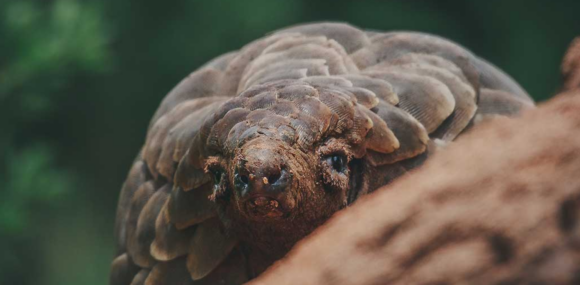
Abstract
Being the world’s most endangered and traded wild mammals, Pangolins are facing rapid population declines due to habitat loss and poaching. Uganda hosts several pangolin species, yet there is limited information on their precise distribution, habitat preferences, and changing range patterns. This study seeks to map the current and historical distribution of Uganda’s pangolin species — Manis temminckii, Manis tricuspis, and Manis gigantea — and to analyze their habitat associations across forest types, altitudinal gradients, and hydrological zones. Findings will guide habitat protection, anti-poaching planning, and restoration priorities.
In Brief
Which habitats (primary/secondary forests, riverine, upland) are most used by each pangolin species?
What is the current versus historical distribution of pangolins across Uganda’s ecological zones?
How are human activities influencing habitat use and range contraction?
Comments are closed